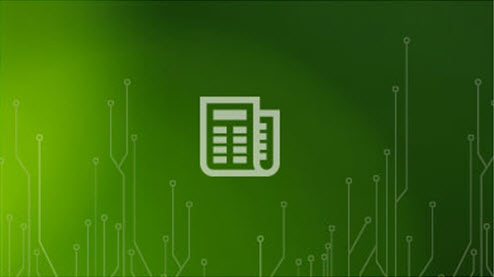Written by Keylok
Articles
Every year, countless hours are invested developing new software products. Millions and millions of R&D dollars are spend crafting the perfect solution for current and prospective customers. In spite of the time, energy and planning devoted to this process, proper licensing strategy and enforcementis often overlooked.
Without a well thought-out licensing strategy, your business could be missing revenue opportunities, positioning itself to be less agile, and ultimately creating a scenario for lower customer satisfaction. Even when you’ve thought through licensing, if you don’t prioritize enforcement, you open the door to unlicensed use and the collateral damage that goes with it.
Maximizing your ROI on software development involves considering the product you bring to market and your users. Here are a few areas to discuss as you develop new solutions or work to enhance your existing intellectual property.
Determine your level of software piracy risk
Risk is a product of two factors – the price or value of the intellectual property multiplied by the potential number of unauthorized users.When you are deciding how to mitigate risk, keep in mind there are two main types of licensing enforcement: software and hardware. Software-based licensing is a great option for high volume/low margin software licensing. It’s is not the most secure option, but it can be a good fit when piracy is not a significant threat.
Hardware-based software licensing enforcement is the most secure option. Using dongles, you can maximize revenue and your brand equity. Having external hardware as the key component to your software licensing strategy creates a tremendous obstacle to piracy. Donglesare a great fit when security is critical or if the software is highly valuable. We’ve worked with customers that offer softwareso valuable that one unlicensed use represents thousands of dollars in theft. The fact is, every license matters in today’s competitive landscape.
Consider your usage environment
Many companies deploy their software to usage environments that have tight security standards and don’t connect to the Internet. Companies routinely change and upgrade computers. This can create a massive headache for software vendors. Sincesoftware-based licensing ties to some specific hardware identifier,the license must be adjusted every time something is changed or updated.
Withdongles, all the licensing terms are stored externally, so changing hardware or computers has no impact on licensing enforcement. Another plus is that dongles never require connection to the Internetto protect your software.
Identify where software licensing value is exchanged
The model for monetizing software has changed; software vendors have migrated from selling software to licensing it. In the past, a large, one-time payment was made to the vendor for the right to use the software forever. This old way of thinking hurt the consumer because they had no control over their costs and the software vendor - because there was no recurring revenue - and some potential customers could not afford the large, one-time payment.
Usage-based licensing offers the potential to acquire market share that previously was unavailable. Some of the most common licensing strategies software companies enforce using dongles are usage-based licensing, trial licensing, feature-based licensing, and subscription-based licensing. Each of these strategies can increase revenue from an existing product or one in development. And, your customers have the flexibility to control their monthly/annual operating cost. Everyone wins, except intellectual property pirates!
Contact us now to discuss how KEYLOK can help develop a winning strategy for enforcing your licensing.






